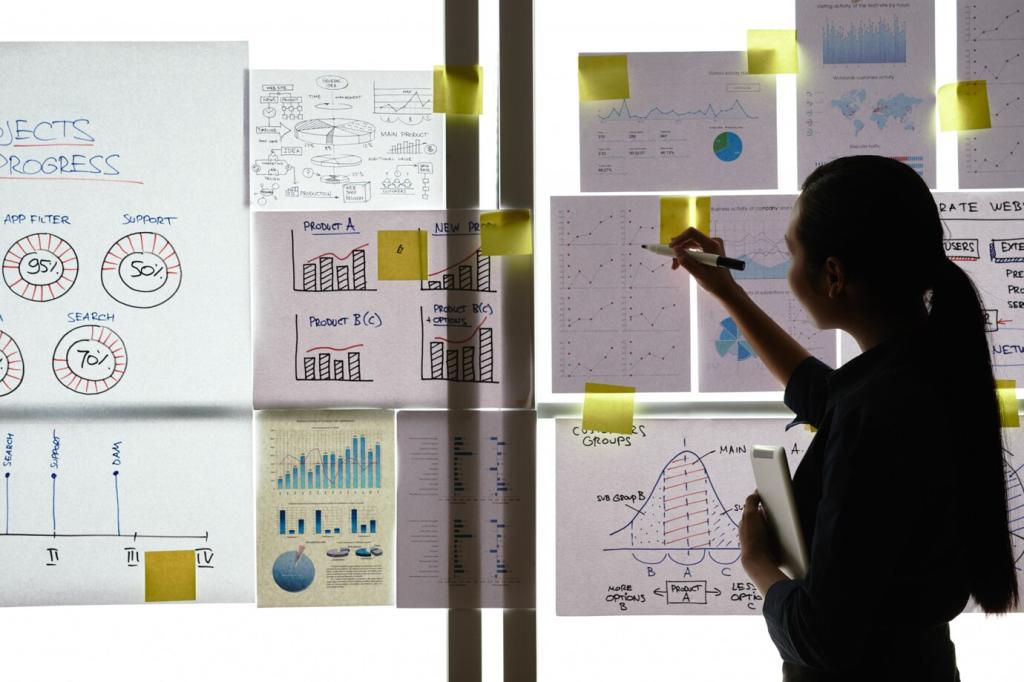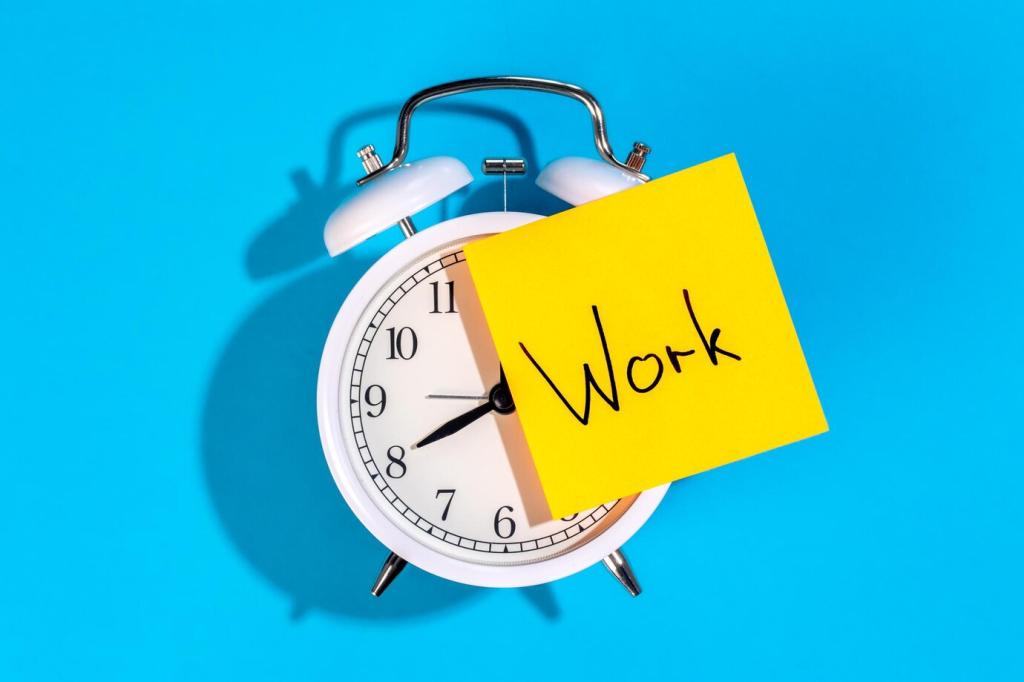Deep Work Without the Office
Experiment with 50/10 or 52/17 cycles for realistic stamina. During sprints, keep a “parking lot” note to capture distracting thoughts without breaking flow. After three cycles, take a longer walk. Tell us which cadence fits your brain best; we’ll feature reader setups next week.
Deep Work Without the Office
Batch communication windows and enable Do Not Disturb during deep work blocks. Create VIP filters for true urgency and mute everything else. One subscriber reduced Slack interruptions by 63% with a simple rule set; we’ll share their guide if you ask for it below.
Deep Work Without the Office
Control light, noise, and posture. Use warm light in the morning, neutral mid-day, darker tones at night. Consider noise-cancelling headphones or consistent ambient sound. A plant within your peripheral vision can nudge focus. Drop your favorite focus playlist; we’ll compile a community mix.



